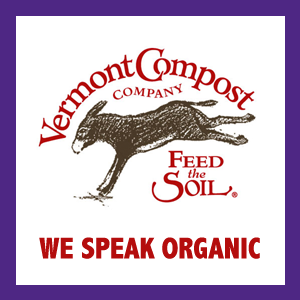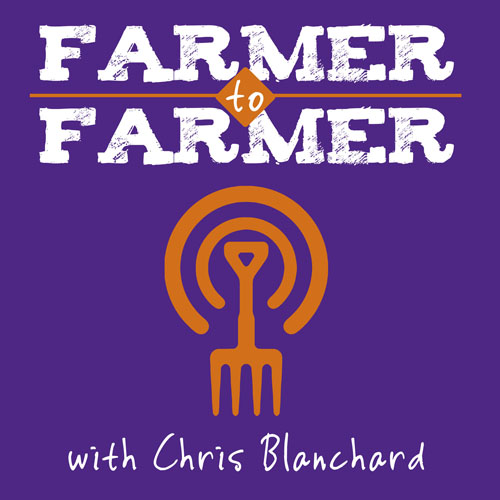In agriculture, profitability has three components: scale, costs, and utilization.
You need to produce enough product to cover your overhead expenses. It costs the same amount of money and time to have a website or write a newsletter whether you sell $1,000 worth of carrots a week or $50,000. And many variable costs have a certain baseline to them - trucking and handling charges are often based on the pallet or the truckload, regardless of how much product is on the pallet or in the truck. The number of pallets is a variable cost, but each pallet costs the same whether it's carrying $300 or $3,000 worth of product.
You need to drive down your cash expenses as much as possible. Don't skimp on the water and fertilizer that make your crops grow, but don't pay more for them than you have to - unless paying more for them provides value in another way. (I try to buy my tools locally, and pay more for them than I would at the big box store, because my local hardware store provides tons of help and advice with smaller purchases; I buy seeds from a high-quality vendor rather than getting the sweepings from the seed room floor from a cheaper source.)
You need to maximize utilization of your assets - all of your assets. If you are in the crop production business, every acre needs to be working for you, whether it's growing a cash crop or next year's fertility. If you have employees, you need to maximize their productivity. If you are selling meat, you need to maximize your use of the entire carcass, getting the best price on every part of the animal. In the delivery business, your trucks need to run as many days a week as possible, and as full as possible whenever they are running.
You need to produce enough product to cover your overhead expenses. It costs the same amount of money and time to have a website or write a newsletter whether you sell $1,000 worth of carrots a week or $50,000. And many variable costs have a certain baseline to them - trucking and handling charges are often based on the pallet or the truckload, regardless of how much product is on the pallet or in the truck. The number of pallets is a variable cost, but each pallet costs the same whether it's carrying $300 or $3,000 worth of product.
You need to drive down your cash expenses as much as possible. Don't skimp on the water and fertilizer that make your crops grow, but don't pay more for them than you have to - unless paying more for them provides value in another way. (I try to buy my tools locally, and pay more for them than I would at the big box store, because my local hardware store provides tons of help and advice with smaller purchases; I buy seeds from a high-quality vendor rather than getting the sweepings from the seed room floor from a cheaper source.)
You need to maximize utilization of your assets - all of your assets. If you are in the crop production business, every acre needs to be working for you, whether it's growing a cash crop or next year's fertility. If you have employees, you need to maximize their productivity. If you are selling meat, you need to maximize your use of the entire carcass, getting the best price on every part of the animal. In the delivery business, your trucks need to run as many days a week as possible, and as full as possible whenever they are running.




 RSS Feed
RSS Feed
